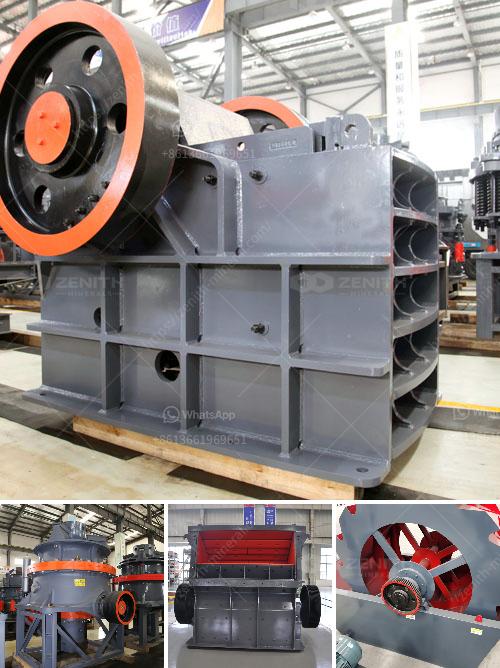Crushing limestone involves several steps and equipment. Here’s a basic guide:
-
Obtain Limestone: Source your raw limestone material, which is typically in the form of large rocks.
-
Primary Crushing:
- Equipment: Jaw Crusher or Gyratory Crusher.
- Process: The large limestone rocks are fed into the primary crusher where they are broken down into manageable sizes.
-
Secondary Crushing:
- Equipment: Impact Crusher, Cone Crusher, or Hammer Crusher.
- Process: The material from the primary crusher is further reduced in size by secondary crushing. This yields a more uniform size suitable for further processing or final use.
-
Screening:
- Equipment: Vibrating Screen.
- Process: The crushed limestone is passed through a vibrating screen to separate it into different sizes. The desired size range is then collected for use, while oversized material may be re-circulated back to the secondary crusher.
-
Fine Crushing (Optional):
- Equipment: Fine Crusher or Ball Mill.
- Process: For applications requiring finely ground limestone, additional crushing or milling may be necessary to achieve the desired fineness.
-
Transport and Storage:
- Equipment: Conveyors, Silos, or Piles.
- Process: The final crushed limestone is transported via conveyors to storage or directly to the application site.
Safety Measures:
- Always wear appropriate personal protective equipment (PPE) such as gloves, safety goggles, and dust masks.
- Ensure that all machinery is regularly maintained and operated according to manufacturer guidelines.
- Be mindful of dust control measures, as limestone dust can be hazardous.
By following these steps and employing the right equipment, you can effectively crush limestone for various industrial and construction purposes.


